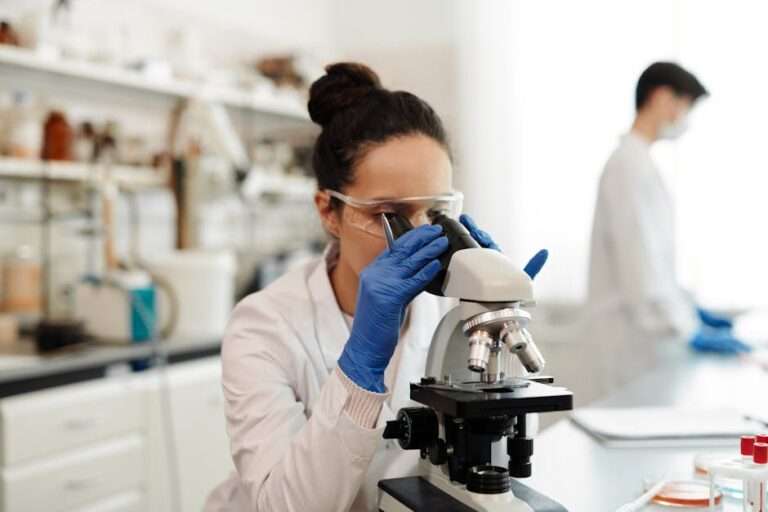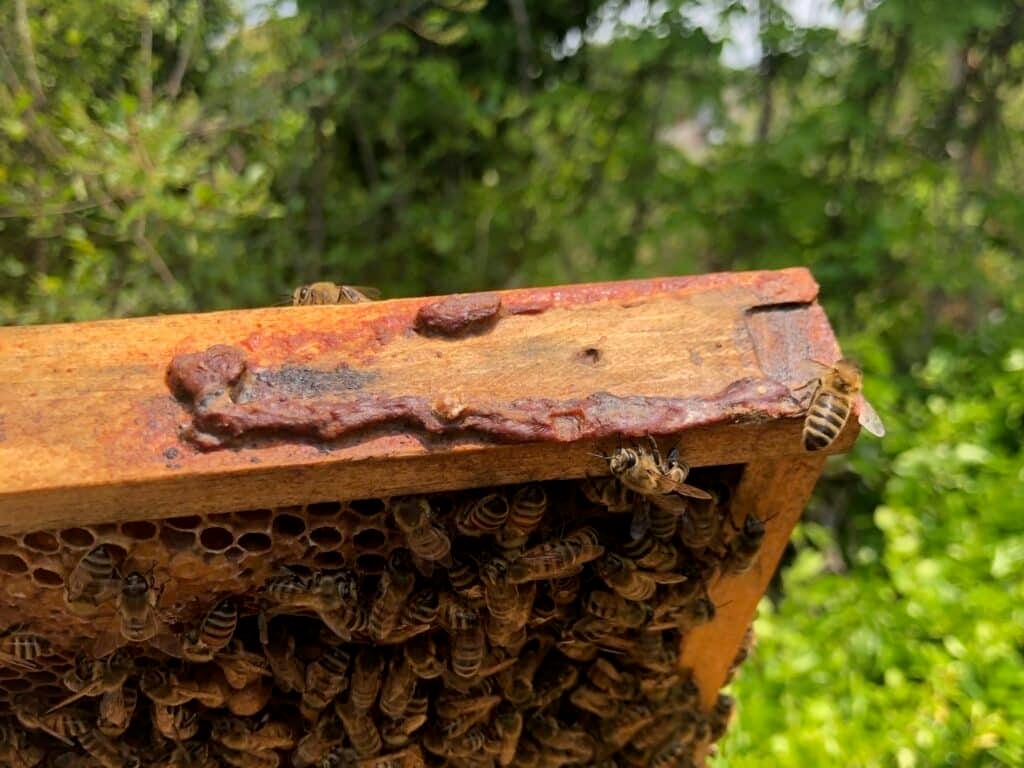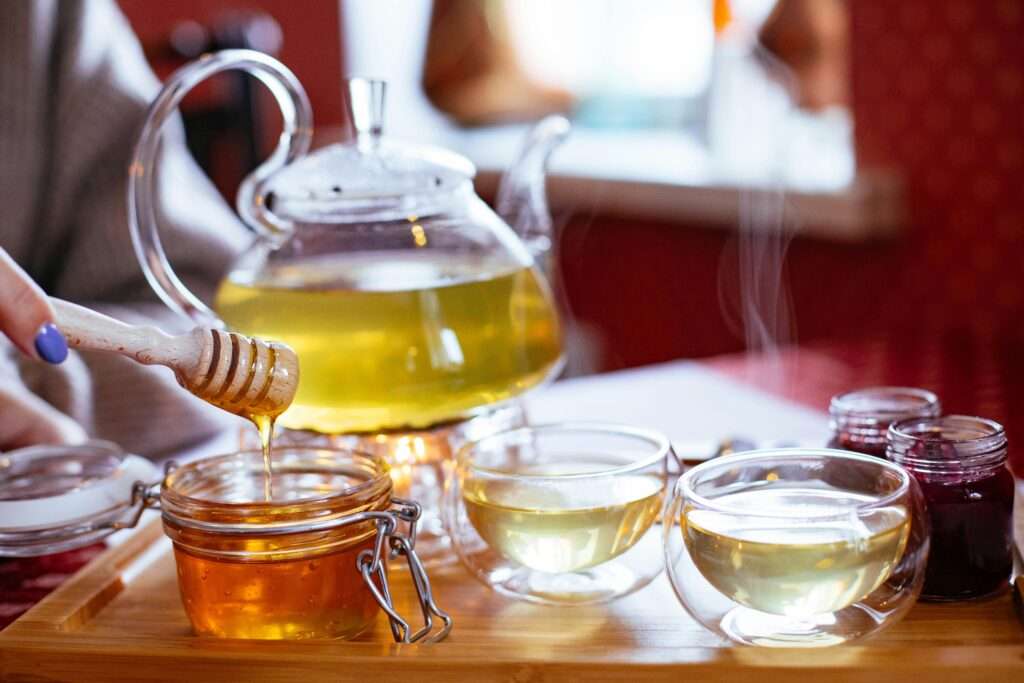Have you ever wondered if there’s an accurate way to double check if honey is unadulterated?
The most accurate methods to verify that honey is unadulterated rely on advanced laboratory-based scientific techniques.
These methods can distinguish genuine honey from products adulterated with sugar syrups, artificial sweeteners, or other additives. Here are the most reliable and widely used techniques:
1. Nuclear Magnetic Resonance (NMR) Spectroscopy
- NMR profiling analyzes the complete molecular fingerprint of honey, comparing it to a vast database of authentic honeys from different botanical and geographic origins.
- It can reliably detect both known and unknown sugar syrups, and identify country and floral origin.
- NMR is rapid, requires minimal sample preparation, and is considered the gold standard in many laboratories for honey authentication[1][2][3].
2. Stable Carbon Isotope Ratio Analysis (SCIRA or IRMS)
- This method measures the ratio of stable carbon isotopes (13C/12C) to detect the addition of C4-plant sugars (from cane, corn) or C3-plant sugars (from rice, beet).
- It is the official and globally harmonized technique for detecting honey adulteration, though it is less sensitive to certain high-tech synthetic syrups[1][4][5].
3. Liquid Chromatography and Mass Spectrometry (LC-MS, LC-HRMS)
- These methods can detect marker compounds or profiles unique to artificial syrups and synthetic sweeteners even at very low concentrations.
- They can quantify particular adulterant components and provide confirmation when isotope testing results are ambiguous[1].
4. Hyperspectral Imaging & Machine Learning
- Advanced non-destructive techniques like hyperspectral imaging, often paired with artificial neural networks (ANNs), can identify adulteration with accuracies above 98% by analyzing the wavelengths of light absorbed and reflected by honey samples[6][7].
- These methods are increasingly used for rapid screening and quality control.
5. Pollen Analysis (Melissopalynology)
- Microscopic examination of pollen grains determines honey’s botanical and geographic origin and can indicate if honey has been ultra-filtered or diluted.
- While valuable for origin tracking, this method is less effective at detecting sugar syrup adulteration unless the pollen has been intentionally removed[1][8].
6. Additional Laboratory Methods
- Proline Content Testing: Low proline, a natural amino acid in honey, indicates possible adulteration.
- Electrical Conductivity and HMF Tests: These measure mineral content and freshness but do not confirm adulteration independently[9].
What About Home Tests?
- Popular home tests (water solubility, flame, vinegar, etc.) are not reliable for detecting modern fraud, as many adulterants are engineered to mimic the physical properties of honey[9][2].
Summary Table
| Method | What It Detects | Reliability |
| NMR Spectroscopy | All types of syrups; botanical origin | Very High |
| Stable Carbon Isotope Ratio (SCIRA) | C3/C4 sugar adulteration | High |
| LC-MS/LC-HRMS | Specific adulterant markers | Very High |
| Hyperspectral Imaging + AI/ML | Adulteration by spectral profile | Very High |
| Pollen Analysis (Melissopalynology) | Geographic/botanical origin, filtration | Moderate/High |
| Home Tests (Water, Flame, etc.) | Physical properties only, not adulteration | Low |
In conclusion:
The most accurate verification of honey purity is achieved via NMR profiling, advanced mass spectrometry, isotope ratio analysis, and high-tech spectral imaging[7][10][1][3].
These laboratory techniques provide results that far surpass any home or visual tests and are employed by professional honey testing labs and food regulators for regulatory and commercial assurance[11].
For consumers seeking absolute verification, opting for products tested by these labs or certified by reputable third-party programs is the best approach.
⁂
- https://honey.com/images/files/NHB-Honey-Testing-FAQs.pdf
- https://manukora.com/blogs/honey-guide/verify-honey-purity
- https://www.bruker.com/en/products-and-solutions/mr/nmr-food-solutions/honey-profiling.html
- https://pmc.ncbi.nlm.nih.gov/articles/PMC8695996/
- https://www.siratech.us.com/resources/blog/Reliable-Honey-Testing-Labs
- https://www.spectroscopyonline.com/view/scientists-use-water-and-light-to-uncover-honey-adulteration
- https://pmc.ncbi.nlm.nih.gov/articles/PMC11164343/
- https://www.nature.com/articles/s41538-022-00126-6
- https://redcliffelabs.com/myhealth/food-and-nutrition/honey-purity-test-at-home-how-to-check-if-honey-is-pure-or-adulterated/
- https://science.food.gov.uk/article/124522-developing-a-new-testing-methodology-for-honey-authentication
- https://honey.com/honey-industry/resources/honey-testing-labs



